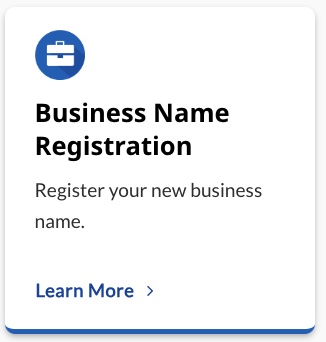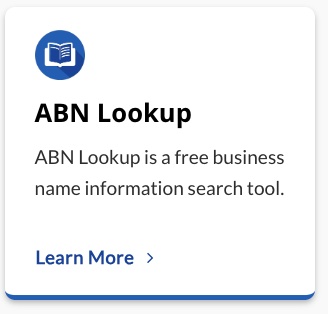We often hear people talking about A/B testing to improve website usability and increase conversions. Think of it as a scientific trial where you compare two versions of something, A and B, and see which one gets better results. This way, you can make smart choices based on actual insights instead of guesses. For example, suppose you own a shoe store website, and you’re not sure whether a red or green “buy now” button would attract more customers. You could run an A/B test to find out!
Now, is A/B testing just a trend, a buzzword or does it genuinely work? Research reveals that it indeed works; big businesses like Google, Amazon, and Microsoft use it regularly. Amazon, for example, saw a massive boost in revenue due to continuous A/B testing. So, if it works for them, it can certainly work for you!
However, while A/B testing sounds simple, it demands a specific method. First, you should know what you want to improve – this could be anything from your website design to something specific like the color of your “buy now” button. Next, you should decide what changes could improve this – maybe you think a green button would work better than a red one. After doing this, you split your website traffic between the original version (the red button) and the new version (the green button). Then, look at the data from both versions to see which one is getting more clicks.
This process can tell you what works best for your website visitors. That’s valuable information since satisfied visitors are more likely to become happy customers! And that’s possible just by making smart improvements based on data.
But beware, it’s crucial not to rush A/B testing. This is because obtaining accurate, reliable results requires a decent amount of data, and getting enough data takes time. So, if you want the best results, be patient.
Also, in A/B testing, it’s good to make small changes, one at a time. Making too many changes at once can confuse things. For instance, if you test a new headline and a new picture at the same time and see an improvement, you won’t know which change made the difference. Did users respond to the new headline, or was it the new picture? Making one small change at a time can help you avoid this confusion.
All in all, A/B testing is a powerful tool for improving your website and increasing your sales. By making data-informed decisions, you can optimize your site for your users, making them happier, and likely to become customers. Plus, once you start, you’ll likely find it pretty exciting to discover what changes can improve your website! So why not give A/B testing a try?
Register your new business name at register.biz.au


